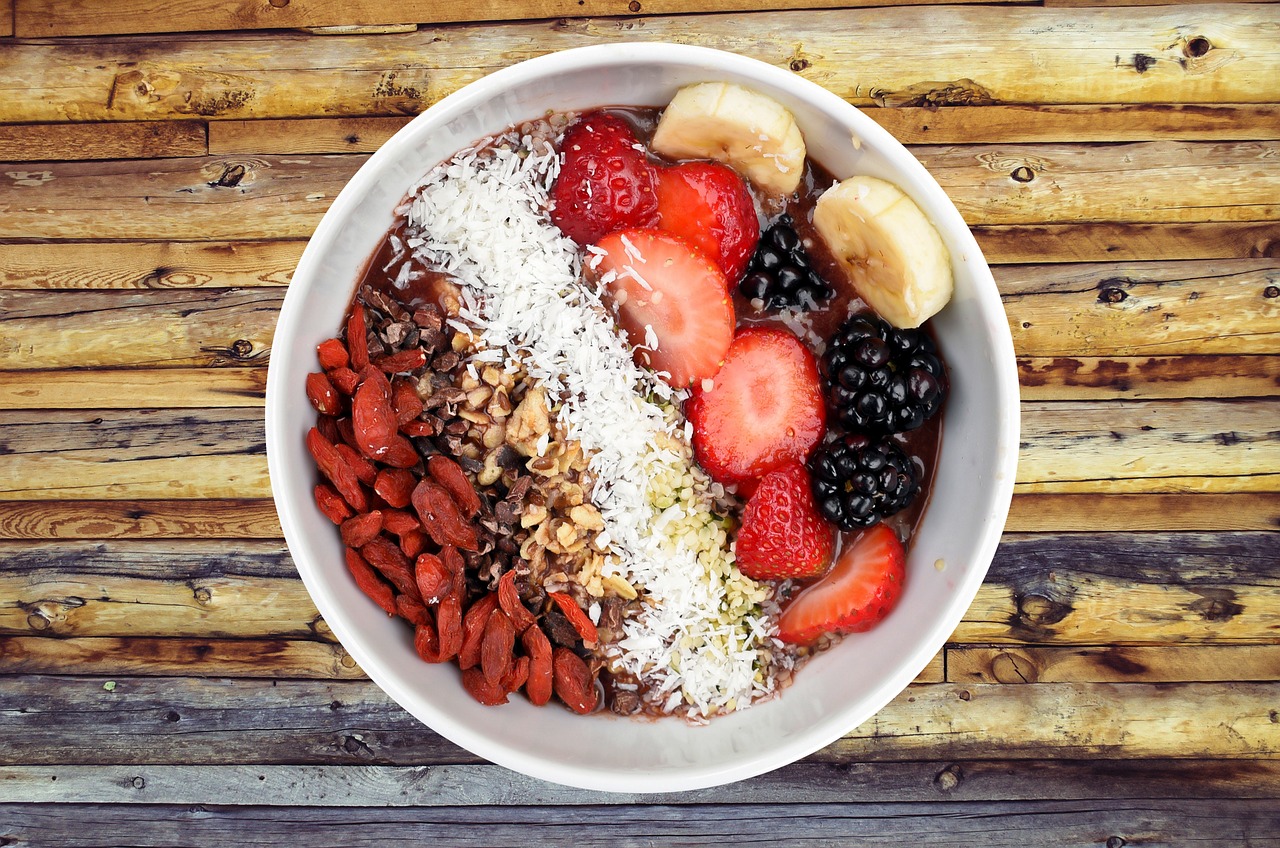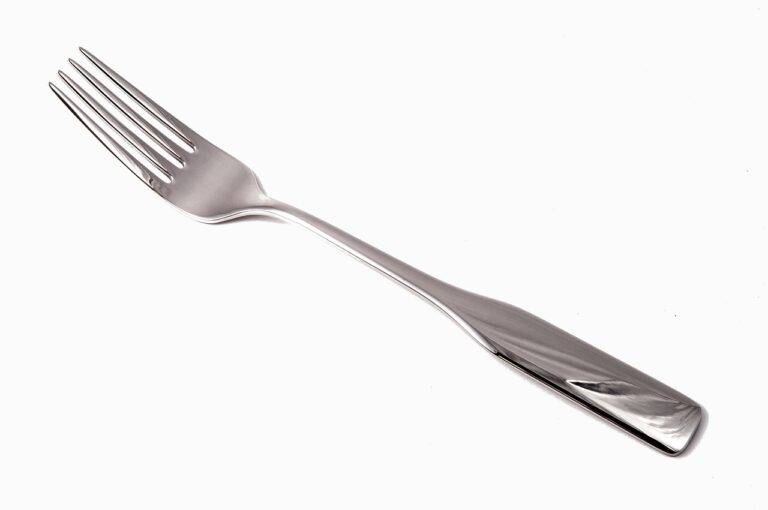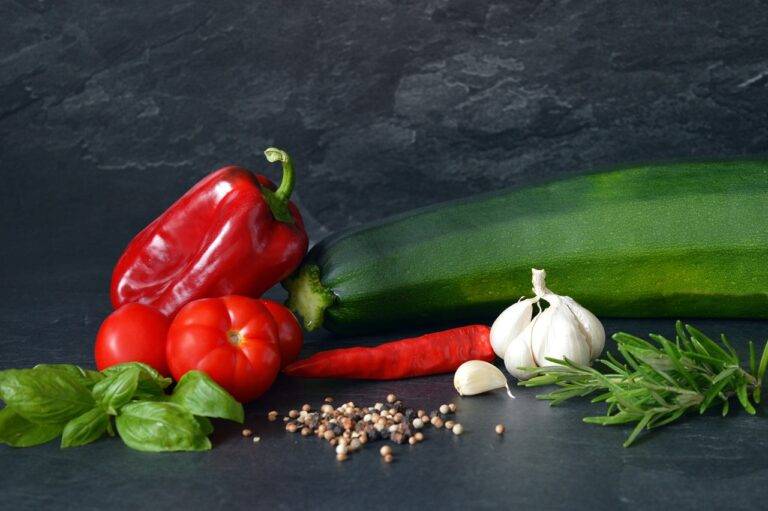The Future of 3D Printed Food
3D printed food technology presents several challenges that need to be addressed for it to become more widely adopted. One of the primary obstacles is the limited variety of ingredients that can currently be used in 3D food printing. Many traditional foods cannot be replicated due to the constraints of the available materials, which hinders the versatility and appeal of this technology.
Another key challenge is the cost associated with 3D food printing. The equipment and materials required for this technology can be expensive, making it less accessible to smaller businesses and consumers. Additionally, the process of 3D printing food can be time-consuming, further adding to the overall cost and limiting its efficiency for large-scale production.
Applications of 3D Printed Food in Various Industries
3D printed food technology has been making waves in various industries due to its innovative applications. In the healthcare sector, hospitals and care facilities are exploring the use of 3D printed food to cater to specific dietary needs of patients, especially those with swallowing difficulties or requiring personalized nutrition plans. By utilizing this technology, healthcare providers can create meals with modified textures and tailored nutritional content, ensuring patients receive the necessary nourishment in an efficient and convenient manner.
Additionally, the culinary industry is embracing 3D printed food as a means of enhancing creativity and personalization in dishes. Chefs and food designers are experimenting with intricate shapes, textures, and flavors that were previously difficult to achieve using traditional methods. This technology allows for the creation of visually stunning and unique dishes that cater to individual preferences and dietary restrictions, offering a new level of culinary experience for patrons.
What are some challenges in 3D printed food technology?
Some challenges in 3D printed food technology include achieving the right texture and taste, ensuring food safety, and addressing regulatory concerns.
How can 3D printed food be used in the culinary industry?
3D printed food can be used in the culinary industry to create intricate and unique designs, personalized dishes, and experimental flavors.
In which industries can 3D printed food be applied?
3D printed food can be applied in various industries such as healthcare, aerospace, education, and hospitality.
How can 3D printed food benefit the healthcare industry?
3D printed food can benefit the healthcare industry by creating personalized and nutrient-rich meals for patients with specific dietary needs or medical conditions.
What are some potential applications of 3D printed food in the aerospace industry?
In the aerospace industry, 3D printed food can be used to create lightweight and compact meals for astronauts on long-duration space missions.
Can 3D printed food be used in education?
Yes, 3D printed food can be used in education to teach students about food science, nutrition, and culinary arts in a hands-on and interactive way.
How can 3D printed food enhance the dining experience in the hospitality industry?
In the hospitality industry, 3D printed food can enhance the dining experience by offering guests personalized and visually appealing dishes that are tailored to their preferences.





